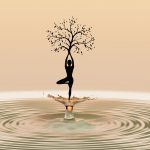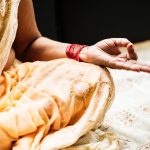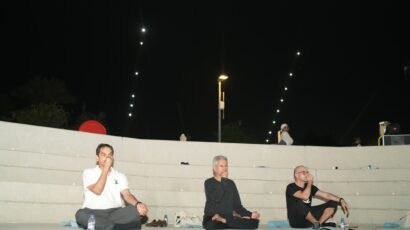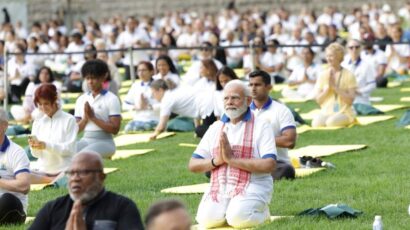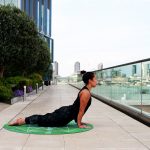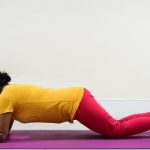Yoga Poses To Eliminate Back Pain
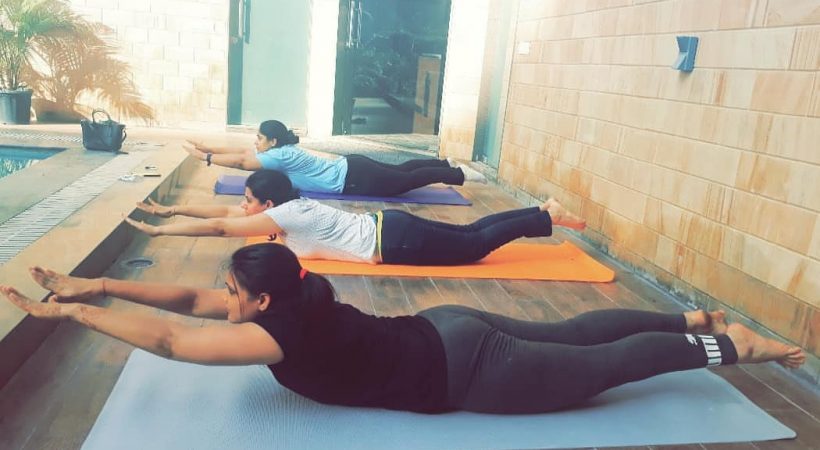
Yoga is focused in providing enough rest to the muscles and attaining a holistically healthy physical state. Patanjali describes asanas as states that help attain pure bliss. Routine practice of yoga emphasizes on the flexibility of muscles and maintaining the ideal rhythm of the body. Hence Yoga is most often a step higher than exercise in terms of its effects.
Many individuals have had extremely difficult situations with back pain and have failed trying various treatment methods. There are some special asanas which helps in relieving back Pain and improves the flexiblitty of the body.
Bajrangasana:
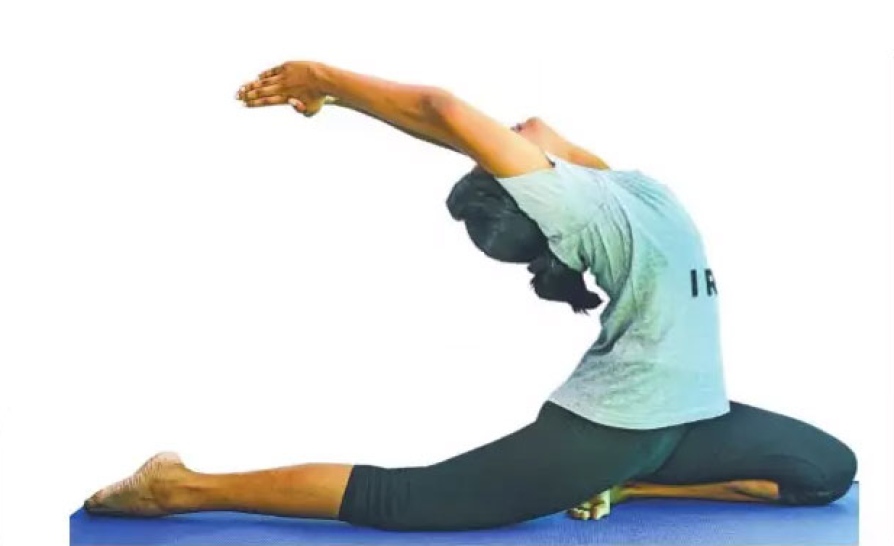
Bajrangasana, which is also called Hanuman pose, is an excellent yoga pose, which helps in eliminating physical as well as mental difficulties. The name of this asana comes from Hanuman, a popular deity in the Hindu mythology who is generally depicted as a human being with the face of monkey and a long tail. In the Indian tradition, Hanuman is considered the lord of strength. It is believed that Hanuman had a body which is as powerful as diamond that it can even resist a sword. It is also mentioned in many Hindu manuscripts that Hanuman was a great yogi.
Steps to be followed:
Sit down and stretch your legs. Bend your left leg and place the left foot under the left thigh. Stretch the right leg backwards with the upper part of the foot touching the floor. Slowly bring your hands above the head with the palms touching each other. Make sure that the hands touch the ears. Take a deep breath and stretch your body backwards and look backwards. Remain in this position for some time and come back. Practice the same with other leg.
Benefits:
This asana is especially beneficial for women as it reduces the fat accumulated in the stomach and also in making the backbone flexible reducing the cramps. It is also an effective solution for back pain. Those suffering from back pain would find it extremely helpful.
Utthan prishtasana:
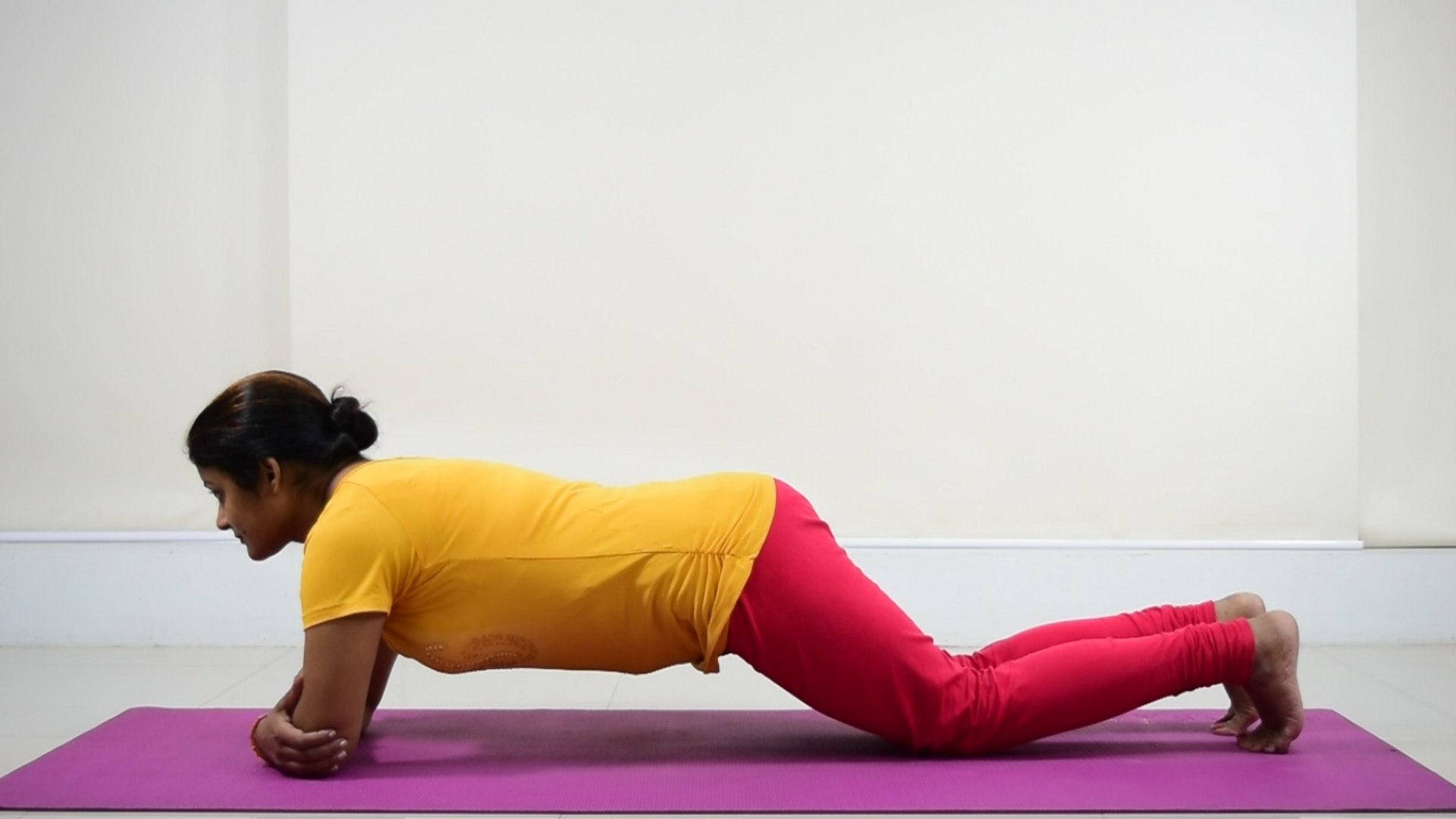
With its effectiveness for a number of physical and mental issues, yoga has gained popularity all over the world. Many individuals have had extremely difficult situations with upper back pain and have failed trying various treatment methods. Utthan prishtasana or lizard pose is such a yoga posture which is effective in treating upper back pain.
Steps:
Sit down, stretch your legs and bend your right leg and keep it under the thigh. Repeat the same with left leg and you would have attained the Vajrasana posture. Remain in this position and now catch the elbows using the opposite hands. Bent forward and touch the floor with the hands without leaving the entangled position. Keep this position and raise the hip upwards with the whole weight of the body on the knees and elbows. Now bring down the chest and jaw to the hands and touch the floor. . Breathe in and come back to the initial position.
Benefits:
This asana will not cause any harm to the body and subsequently, one can practice this asana without any fear. Moreover, it is useful in treating pain, which affects the shoulder blade, upper back and nape.
Ananthashayanasana:
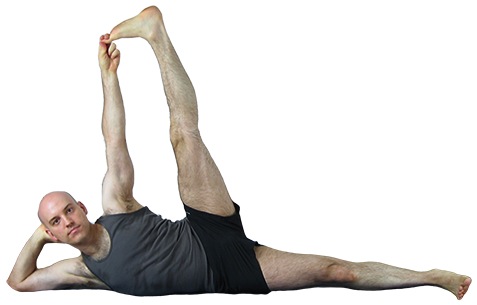 The asana gets its name from Lord Vishnu, who rested in this pose on the snake Anantha during the great floods of the Puranas. This asana is beneficial for those suffering from ailments like varicose vein and back pain. The asana will also improve the flexibility of the hips.
The asana gets its name from Lord Vishnu, who rested in this pose on the snake Anantha during the great floods of the Puranas. This asana is beneficial for those suffering from ailments like varicose vein and back pain. The asana will also improve the flexibility of the hips.
To practice this asana, lie down with the right side of your body with the head resting on the right hand folded near the head. Now lift your left leg and hold it with your left hand. Fix your eyes on the left thumb toe and make sure that your knees don’t bend and is stretched.
Now breathe slowly and experience your mind becoming calm.
Trikonasana or utthita trikonasana:
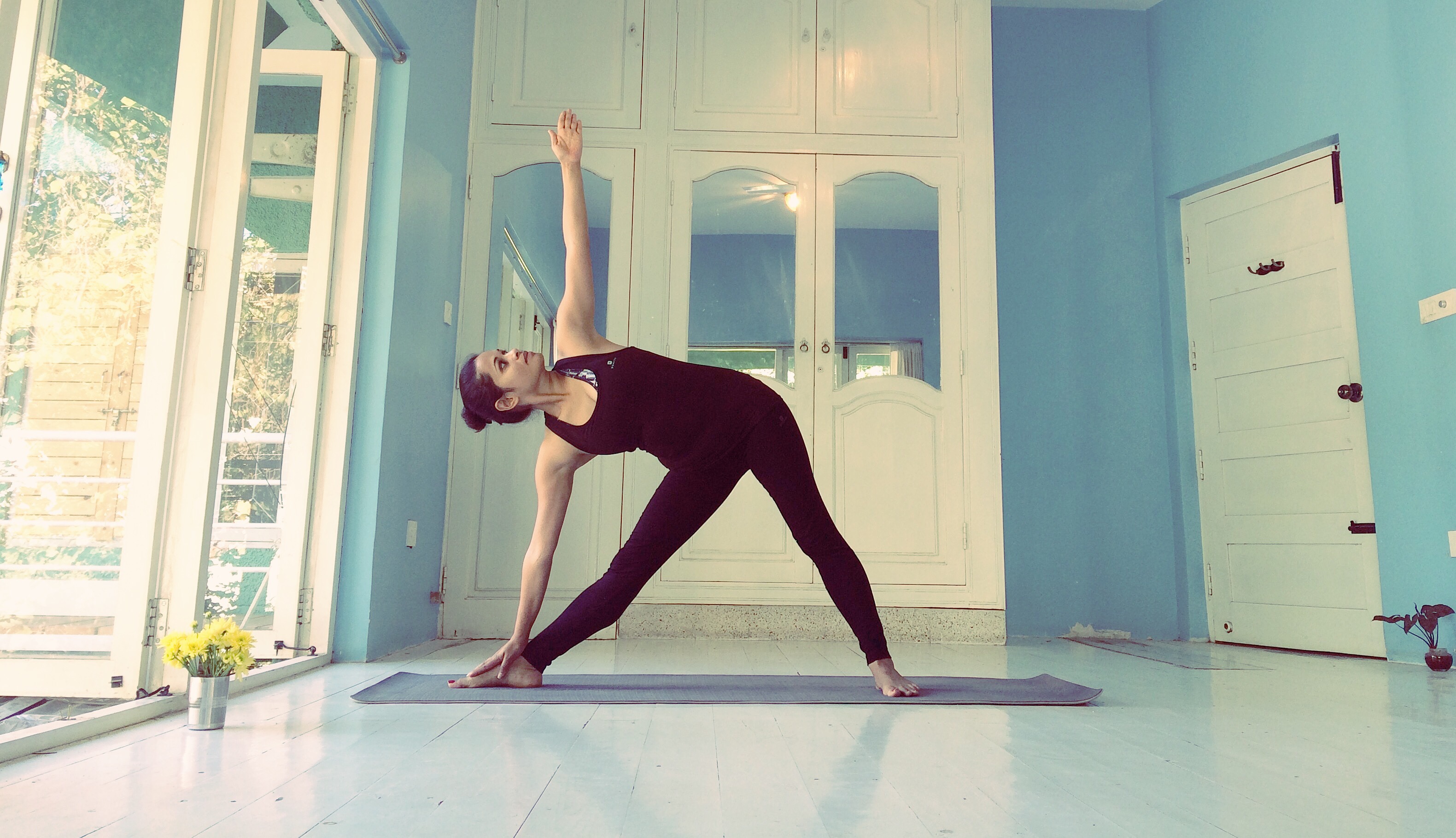
Trikonasana or utthita trikonasana Triangle Pose is an asana is performed while standing straight.
Steps:
Stand straight with the legs 1 m apart. Hold the hands horizontal to the floor and make sure that the palms face the floor. Now put your right leg towards the front. Bend the body towards the right and touch the right foot with your right hand. Exhale while you bend down. Make sure that you do not bend your knee. Lift your left hand up and look towards the left hand fingertip. Make sure that the right hand and left hand form a straight line. Take deep breath in this position for 30 to 60 seconds and repeat with alternate legs.
Benefits:
The daily practice of Trikonasana strengthens the muscles in the legs and improves the flexibility of the waist. It is effective in the treatment of back pain and neck pain and helps in the gradual expansion of the chest. Effective in enhancing digestion, this asana, if done mindfully, can improve awareness and thus keeping both the mind and the body more relaxed and calm.
Shalabasana (Locust pose)
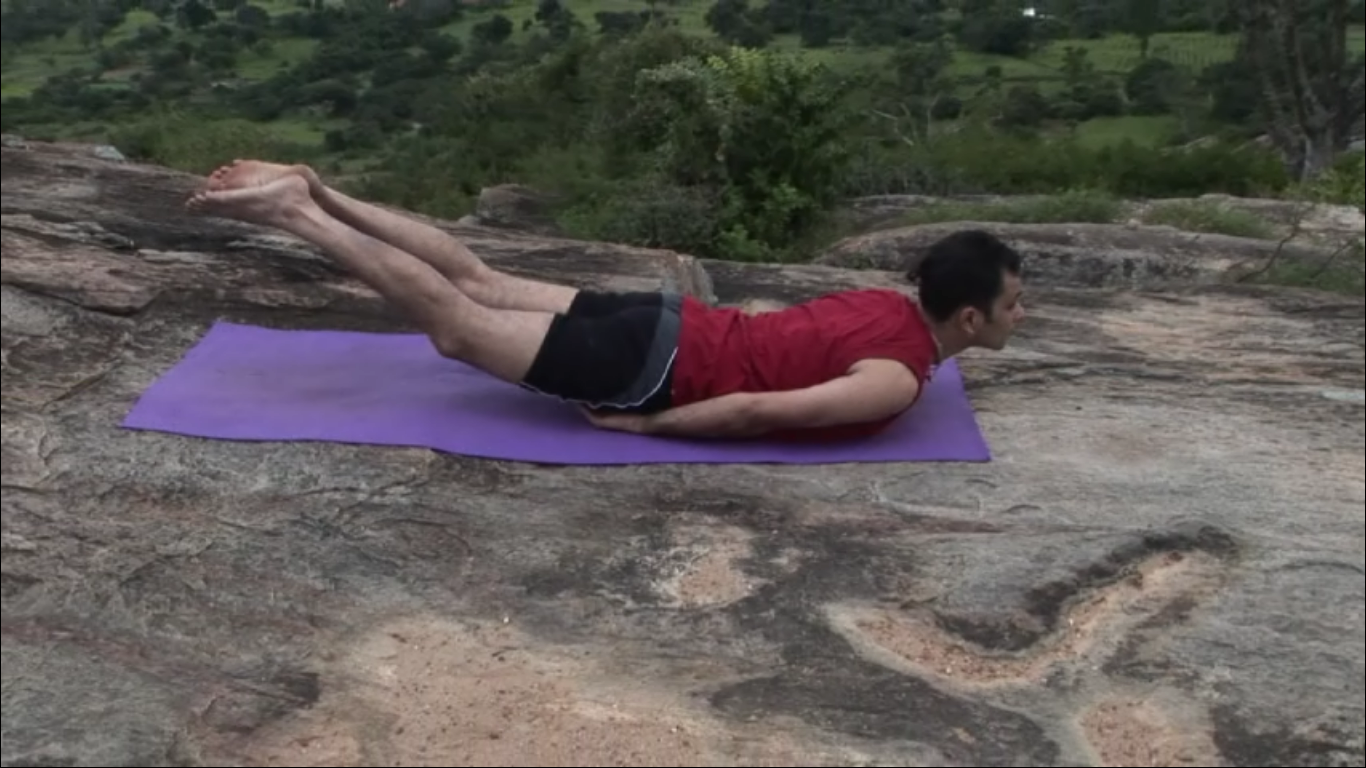
This particular asana (posture) will help reducing back pain and lung issue. And can also reduce potbelly. Shalaba means Locust and in this asana,the person attains a posture which resembles a Locust on the floor.
Instructions for Shalabasana
Keep your arms near the waist and the keep the legs together.Breathe in and rise up, stretching the arms. Make sure that the hips are constricted and that the jaw touches the floor and the hands should be beneath the thighs. Remain in this position for 10-20 seconds breathing normally. Breathe out while coming back to the normal position.
VipareetaNaukasana (Inverted boat pose)

Nauka means boat and the asana or posture which is practiced in a reclined position is known as Naukasana. When this is practiced in the opposite position, it is called VipareetaNaukasana. This asana is good for waist, thighs and spine. It also reduces belly fat and relaxes the muscles and nerves in the belly area.
Instructions for Naukasana:
Lie down facing downwards and stretch your hands forward and keep them on the floor. Keep the palm downwards and the legs together.
Stretch to your maximum, raising your legs and hands together and look up. Make sure that that the upper arm touches your ears.
Stretch you complete body including your toe. Balance your body with the belly, waist and thigh joints. Remain in this position as long as you can while taking deep breaths and return to the normal position by breathing out.



